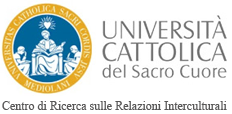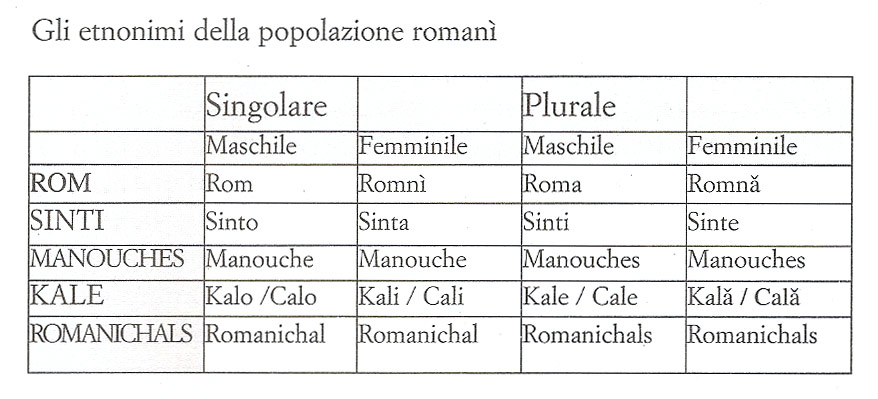
Their name: Roma? Sinto? Gypsy?
|
“Roma” (or Sinto, Manouche, Kalo, Romanichal) and “Gypsy” (or nomad, Gitano, Bohemien, Sarrasin, Heiden etc.) are not the same thing and they are not synonyms. These terms refer to the same people but viewed and designated differently. “Roma” is the word (ethnonym) that the Roma use to describe themselves: it is the term for the members of that specific people and it is Romani for “man”. “Gypsy” is a derogatory, disparaging term – for many an insult — used by the majority population to define the Roma people. “They are often called 'gypsies', this heteronym probably deriving from the [Greek] name of the ancient heretical sect of the Athinganoi (‘untouchables’), which dates back to the year 500 A.D. and was used in the 12th century to designate those populations that arrived in the Byzantine Empire from Asia Minor (see Cortelazzo, Zolli, 1988). As noted by Piasere (2004), the conceptual structure of the heteronym was so flexible as to include into the same group, over the centuries,“a fairly composite variety of people who, in spite of their remarkably different cultures, probably had one thing in common: they were stigmatised by others who did not think of themselves as gypsies”. So, this heteronym was the product of putting a label on a group. It was very different from autonyms such as Roma (the plural of Rom), Manusˇ, Sinti, Kale, Romanichals, with the relative subgroups. In the 1980s, in order to come up with a single name to try to identify a single minority group, some administrations made frequent, and at the time, supposedly politically correct use of the term ‘nomad’. But this description is very superficial and causes a great deal of embarrassment as most of these populations are far from being nomadic, so much so that they are sometimes designated by the oxymoron ’settled nomads’, which applies to 80% of them. For reasons of expediency, people now tend to speak of the‘Roma community’. In Italian, however, this designation is ambiguous, as the noun ‘community’ does not change in the plural. This ambiguity reveals a much debated issue that can be summarised as follows: it is better to acknowledge the diversity of these groups; taking their differences and their heterogeneous character as the necessary starting point both for any analytical studies, and for the design of any public policies.” From Vitale T., “Rom e sinti in Italia: condizione sociale e linee di politica pubblica”, [“The Roma and Sinti people in Italy: social status and public policy approaches”], ISPI, no. 21, October 2010. The Roma call non-Roma people “Gadjo” (in other dialects, the word used is Gagio, Cagio, Kaggio, Gadjo; Gaujo or Gorgio in English). |



